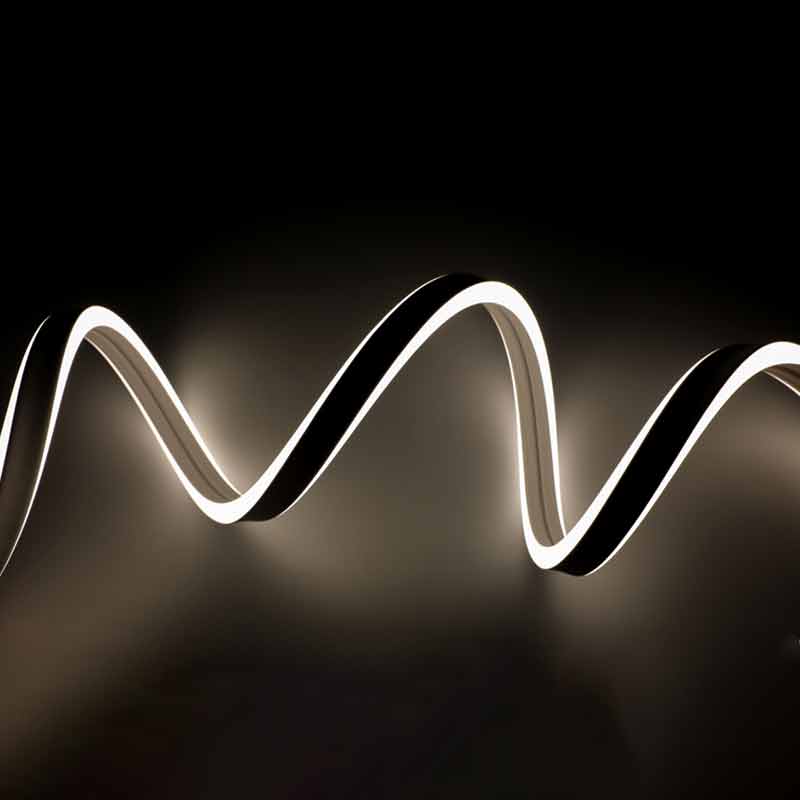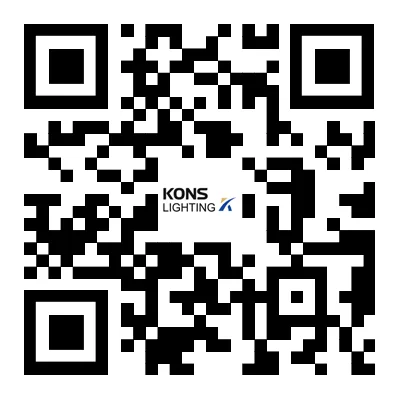- English
- Español
- Português
- русский
- Français
- 日本語
- Deutsch
- tiếng Việt
- Italiano
- Nederlands
- ภาษาไทย
- Polski
- 한국어
- Svenska
- magyar
- Malay
- বাংলা ভাষার
- Dansk
- Suomi
- हिन्दी
- Pilipino
- Türkçe
- Gaeilge
- العربية
- Indonesia
- Norsk
- تمل
- český
- ελληνικά
- український
- Javanese
- فارسی
- தமிழ்
- తెలుగు
- नेपाली
- Burmese
- български
- ລາວ
- Latine
- Қазақша
- Euskal
- Azərbaycan
- Slovenský jazyk
- Македонски
- Lietuvos
- Eesti Keel
- Română
- Slovenski
- मराठी
- Srpski језик
Why Are LED Neon Lights Transforming Modern Lighting Design?
2025-10-23
LED neon lights have rapidly emerged as one of the most dynamic and innovative lighting solutions in modern design. Combining the vibrant glow of traditional neon with the efficiency and safety of LED technology, these lights are now widely used in homes, retail stores, events, and architectural displays. Unlike classic glass neon tubes filled with gas, LED neon lights use flexible silicone or PVC casings that house energy-efficient LED chips, allowing designers to achieve the same luminous appeal without the fragility or high energy consumption.
The purpose of this article is to explore how LED neon lights work, why they have become the preferred alternative to traditional neon, and what makes them the future of lighting innovation. Beyond aesthetics, LED neon lights deliver superior performance, durability, and customization options—qualities that make them indispensable in both commercial and residential applications.
Below is a summary of the main technical parameters of high-quality LED neon lights used across industries:
| Specification | Description |
|---|---|
| Light Source | SMD LED (2835/5050) |
| Material | Flexible PVC or Silicone |
| Input Voltage | DC12V / DC24V |
| Power Consumption | 8W–12W per meter |
| Color Options | RGB, RGBW, Warm White, Cool White, Single Colors |
| CRI (Color Rendering Index) | ≥90 |
| Lifespan | 30,000–50,000 hours |
| Operating Temperature | -20°C to +50°C |
| Waterproof Rating | IP65–IP68 (for outdoor applications) |
| Cutting Unit | 2.5cm / 5cm (depending on model) |
| Installation Method | Mounting clips, Aluminum channels, 3M adhesive backing |
These parameters highlight the engineering precision behind LED neon lighting—balancing luminous intensity with long-term reliability.
Why Are LED Neon Lights Better Than Traditional Neon?
The shift from traditional glass neon to LED neon technology represents more than a design trend—it marks a revolution in lighting functionality. Below are the key reasons for this transformation:
a. Energy Efficiency and Cost Savings
LED neon lights consume up to 80% less electricity compared to traditional neon. This efficiency translates into substantial long-term savings, particularly for commercial establishments that rely on extended lighting hours.
b. Safety and Durability
Unlike fragile glass tubes that can break easily and release hazardous gases, LED neon lights are constructed from flexible and impact-resistant materials. They operate at low voltage, minimizing the risk of electric shock or heat-related accidents.
c. Easy Installation and Maintenance
Thanks to their flexibility and modular design, LED neon strips can be bent, cut, and shaped to fit any surface or creative pattern. Maintenance is minimal—there’s no need for gas refills or specialized equipment.
d. Eco-Friendly Design
LED neon lights are mercury-free and have a smaller carbon footprint, aligning with modern environmental standards and sustainability goals.
e. Advanced Color Control
LED neon lighting systems offer programmable color changes through RGB or RGBW technology, enabling users to create dynamic atmospheres for retail displays, events, or residential interiors.
f. Longevity and Reliability
A single LED neon installation can last up to 50,000 hours—ten times longer than traditional neon. This longevity reduces replacement costs and ensures consistent brightness over years of operation.
From commercial branding to decorative lighting, the advantages of LED neon make it the go-to solution for designers and architects aiming for both aesthetics and performance.
How Are LED Neon Lights Shaping Future Lighting Trends?
As LED neon lights continue to evolve, they are influencing multiple sectors of design, architecture, and advertising. The future of lighting is defined not only by efficiency but also by the fusion of technology and creativity. Here are the primary trends shaping the industry:
1. Smart Lighting Integration
LED neon systems are increasingly being paired with smart controllers and mobile apps. Users can now manage brightness, color temperature, and lighting sequences remotely. Integration with smart home systems like Alexa or Google Home further enhances convenience.
2. Sustainable Production and Materials
Manufacturers are focusing on recyclable silicone materials and energy-efficient chipsets to meet eco-friendly production standards. As global regulations tighten around environmental impact, this sustainable direction ensures LED neon lights will remain compliant and relevant.
3. Customization for Branding and Architecture
Businesses are using LED neon lights to create distinctive visual identities. Customized signage with brand colors and logos helps stores and restaurants stand out in crowded urban environments. Similarly, architects are embedding neon strips into building facades for modern, minimalist aesthetics.
4. Artistic and Event Applications
From concerts to art installations, LED neon lights provide designers with limitless flexibility. Their ability to mimic traditional neon’s nostalgic glow while allowing digital control opens up entirely new creative possibilities.
5. Miniaturization and Design Freedom
Newer models of LED neon lights are thinner and lighter, allowing intricate installations on curved surfaces, ceilings, and even furniture. This design freedom ensures seamless integration across diverse projects.
In essence, LED neon lighting represents the convergence of art, sustainability, and technology—transforming ordinary spaces into immersive visual experiences.
Common Questions About LED Neon Lights
Q1: How long do LED neon lights last, and do they lose brightness over time?
A: High-quality LED neon lights typically last between 30,000 and 50,000 hours, depending on usage and environmental conditions. Over time, minor brightness reduction may occur due to LED aging, but the decrease is minimal compared to traditional neon. Proper heat management and voltage regulation can further extend lifespan and preserve color consistency.
Q2: Can LED neon lights be used outdoors?
A: Yes. Outdoor-rated LED neon lights with an IP65 or higher waterproof rating are specifically designed to withstand rain, dust, and UV exposure. For permanent outdoor installations—such as building outlines or signage—it is recommended to select silicone-encased models for superior weather resistance and stability under varying temperatures.
The Future Outlook and Why Choosing the Right Brand Matters
The global market for LED neon lighting is expected to continue its exponential growth as consumers prioritize energy efficiency, aesthetics, and smart functionality. Innovations in flexible materials, integrated controllers, and digital lighting ecosystems will redefine how light interacts with architecture and design.
As the demand for customized and high-performance lighting solutions rises, selecting a reliable brand becomes crucial. Quality components, strict manufacturing standards, and technical support are essential factors that ensure consistent performance and longevity.
Kons, as a trusted manufacturer in the LED lighting industry, continues to pioneer advancements in LED neon technology. With a focus on durability, energy efficiency, and design flexibility, Kons delivers professional-grade LED neon solutions tailored to architectural, commercial, and decorative applications.
For businesses, designers, or homeowners seeking to elevate their lighting projects, Kons provides not just illumination—but an experience that redefines modern lighting aesthetics.
Contact us today to discover how Kons LED Neon Lights can bring your creative vision to life through superior design, performance, and innovation.




